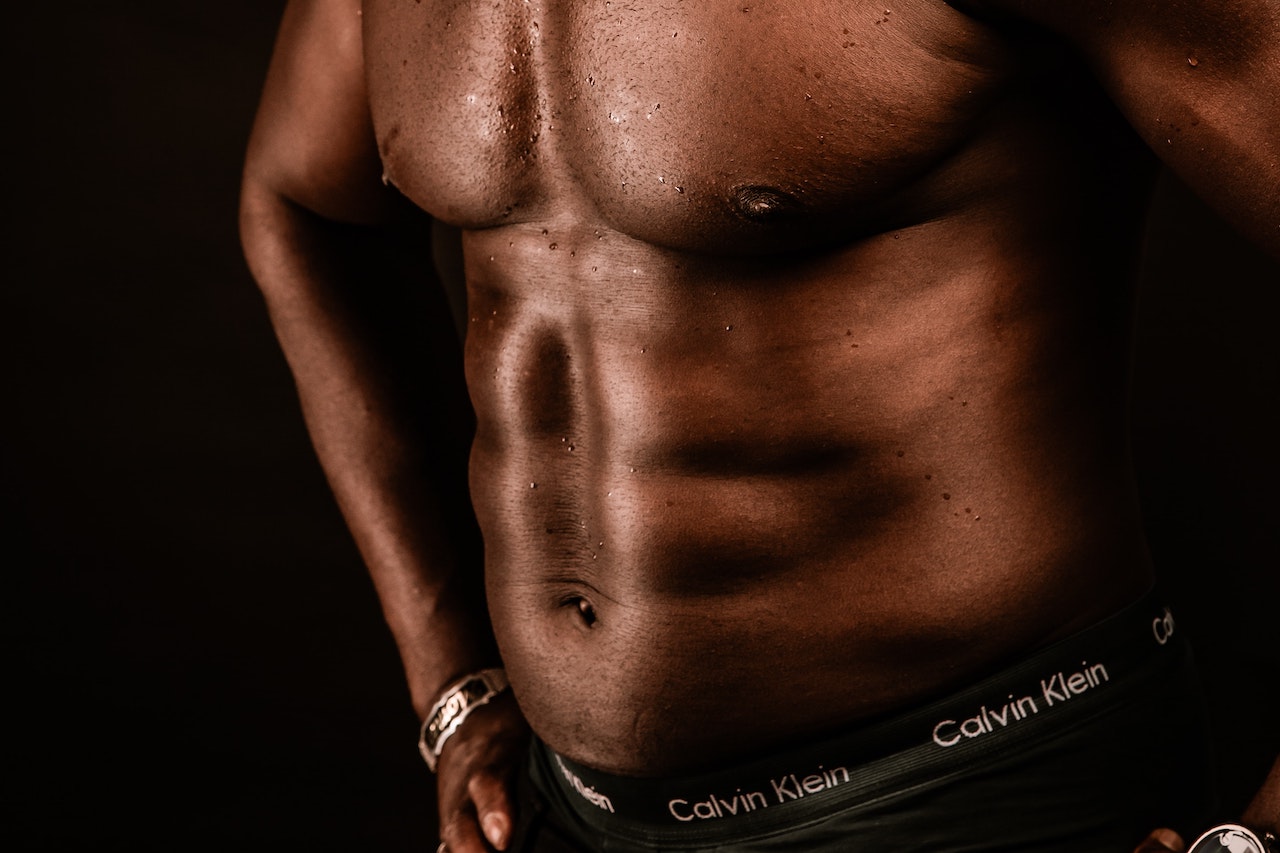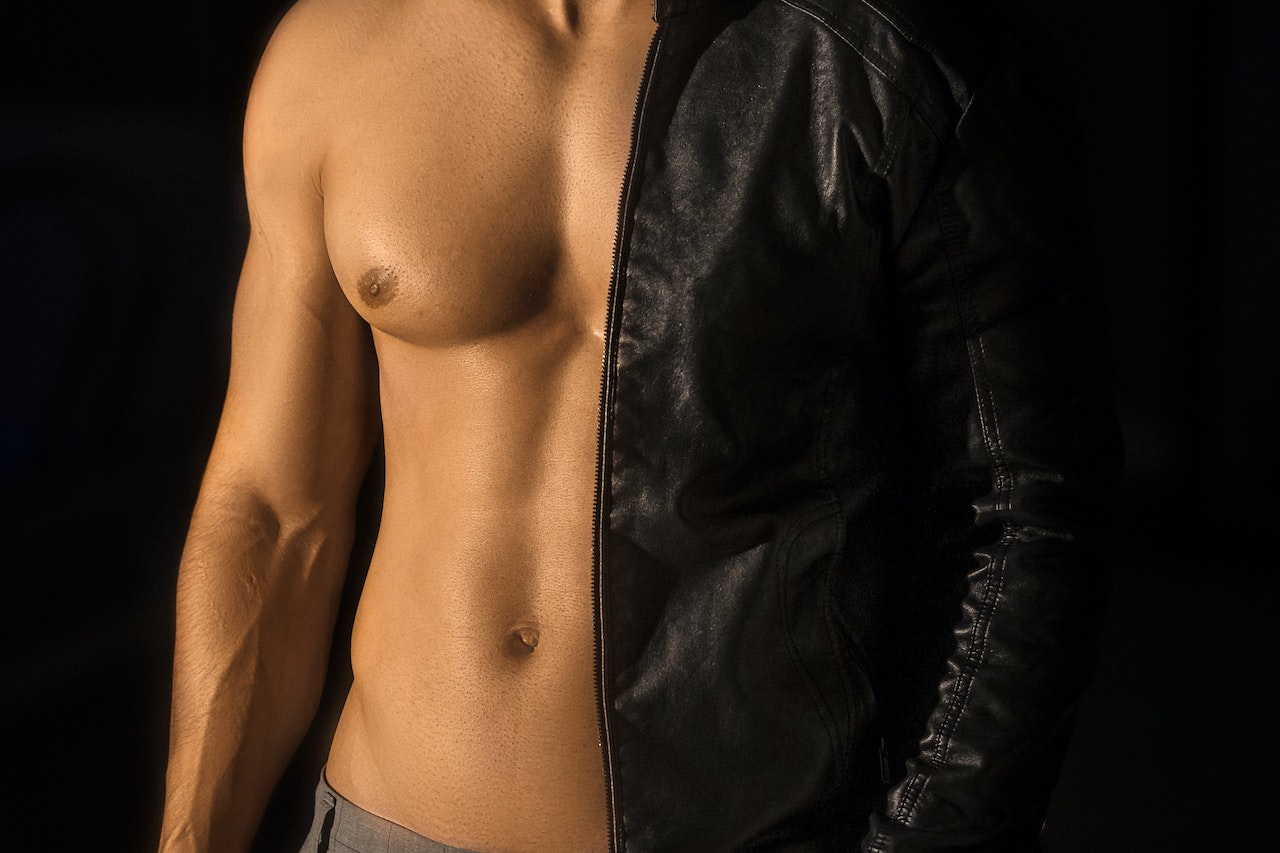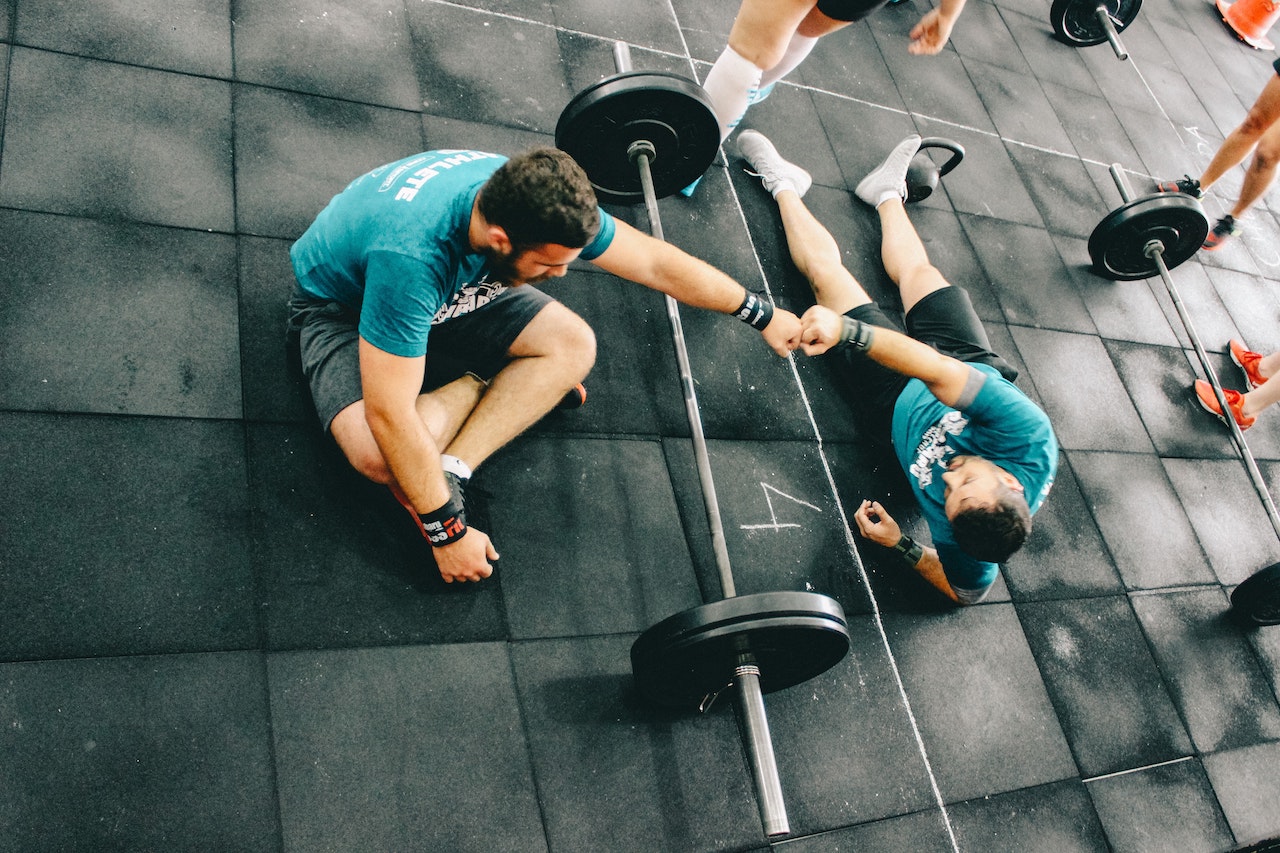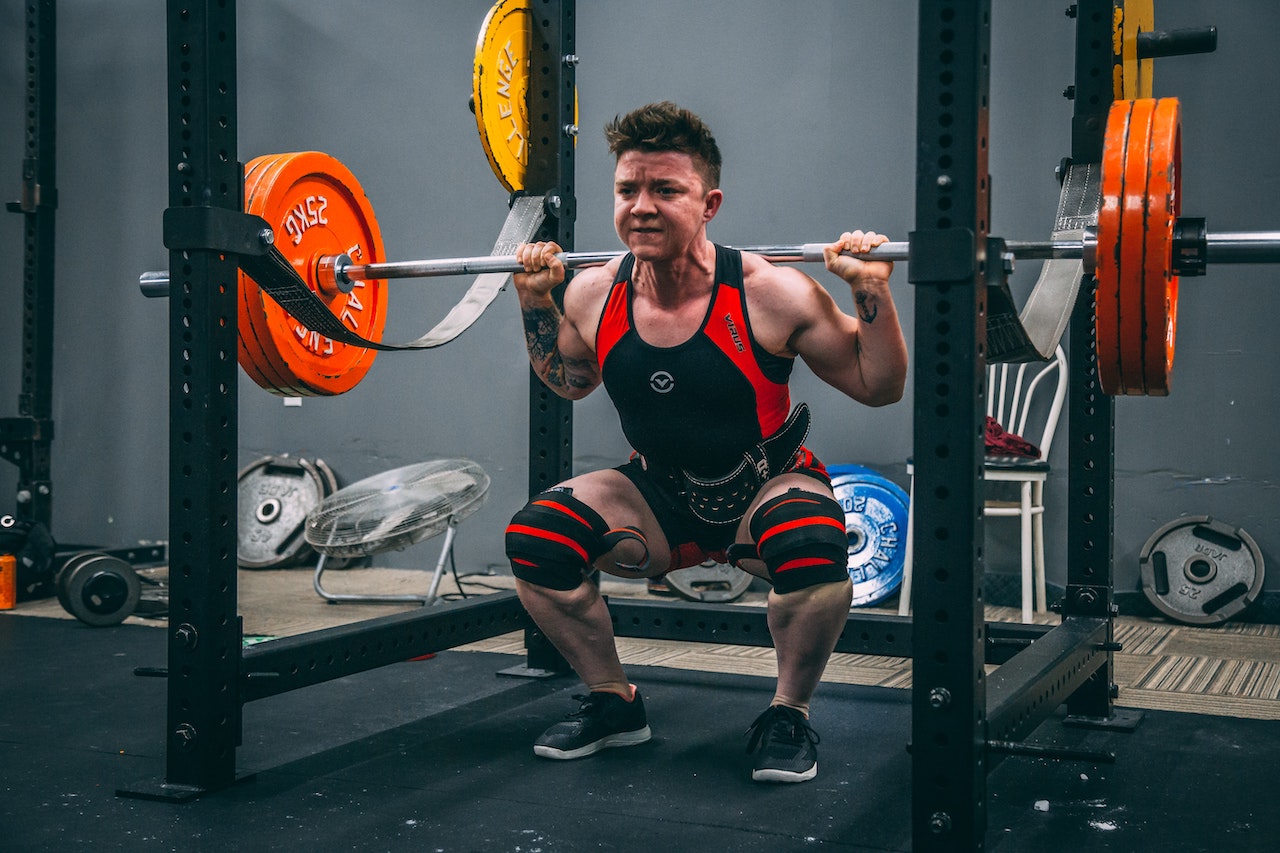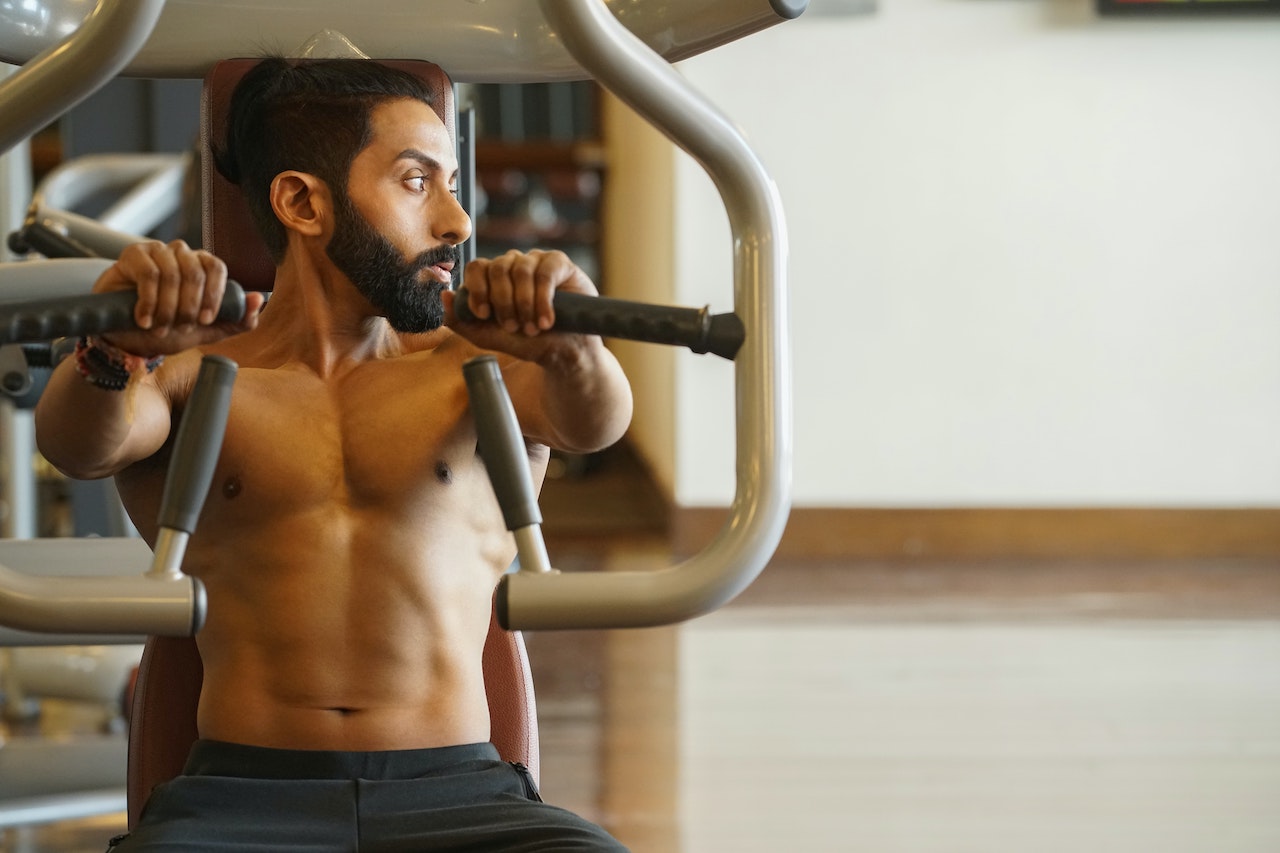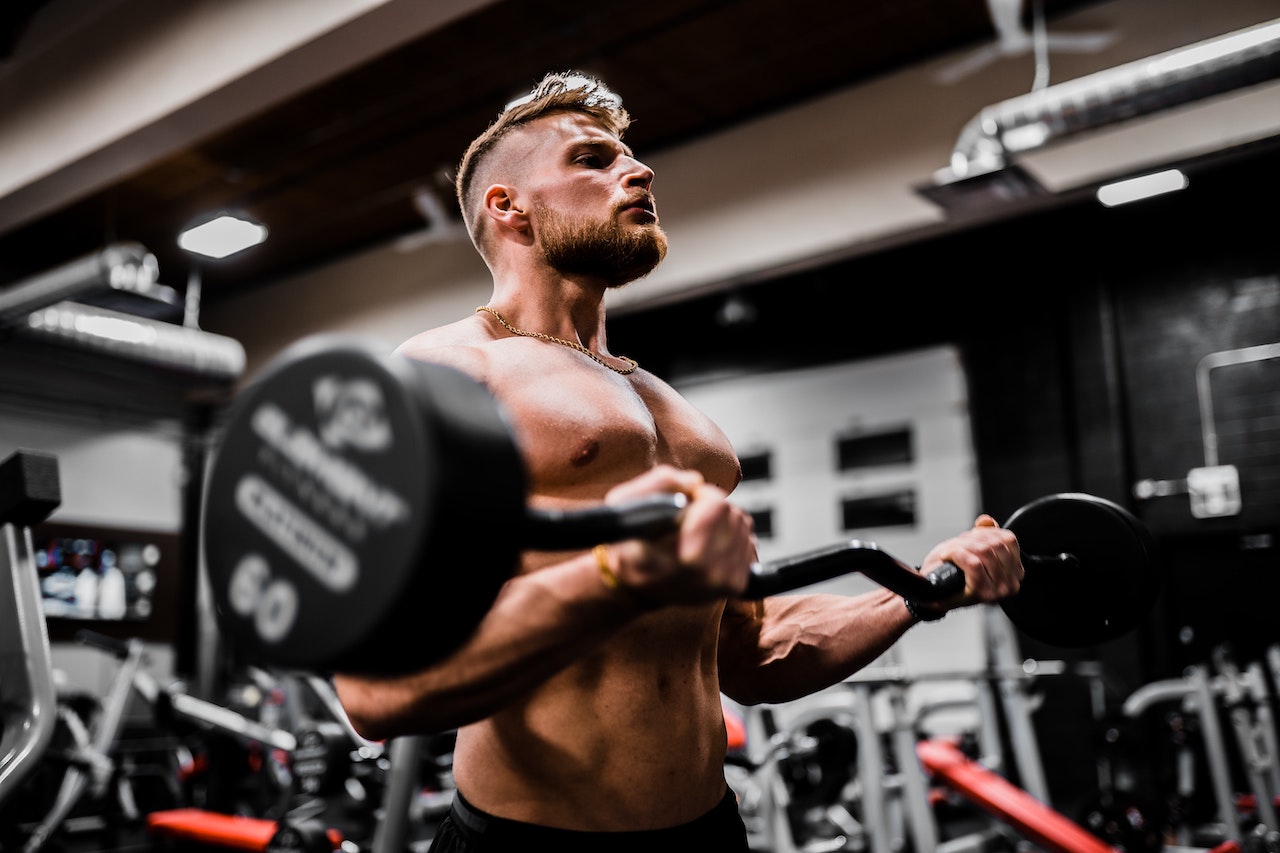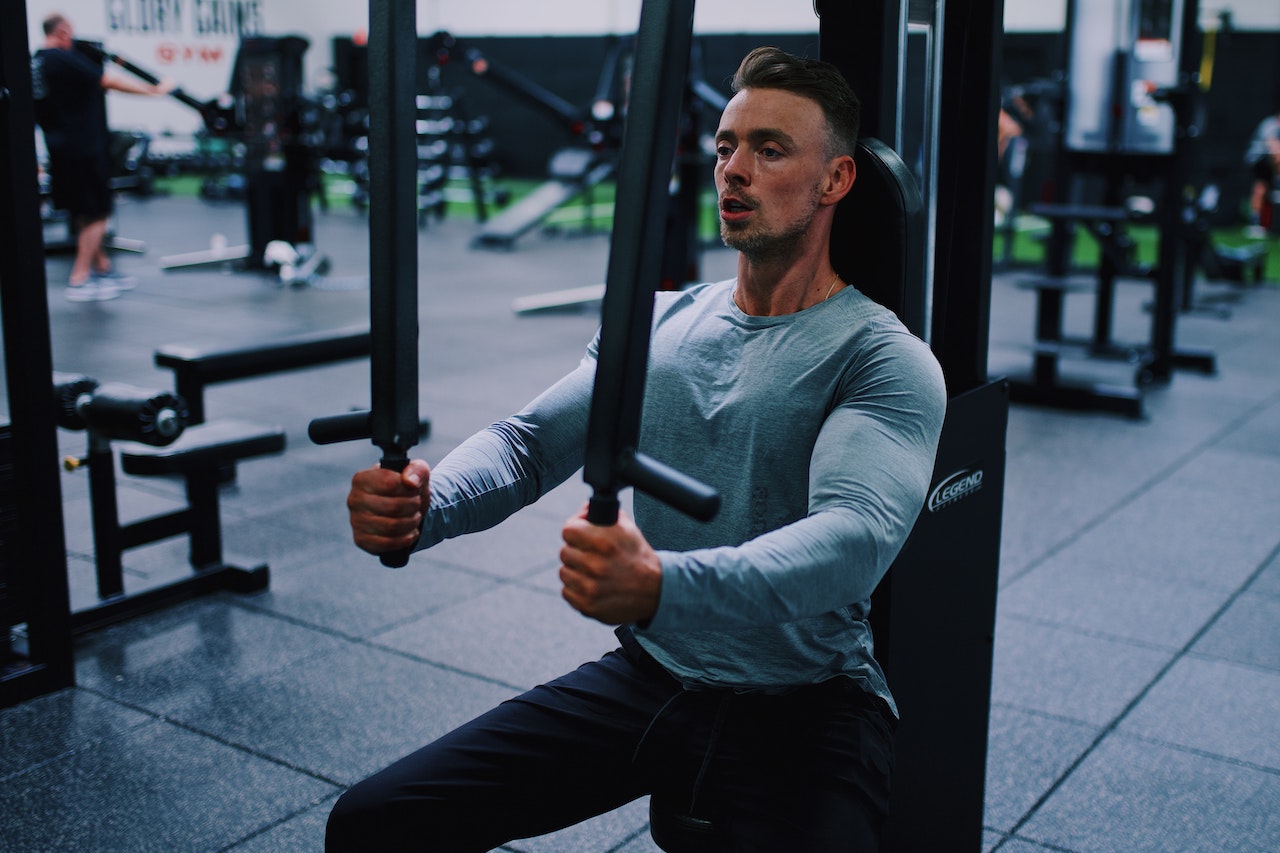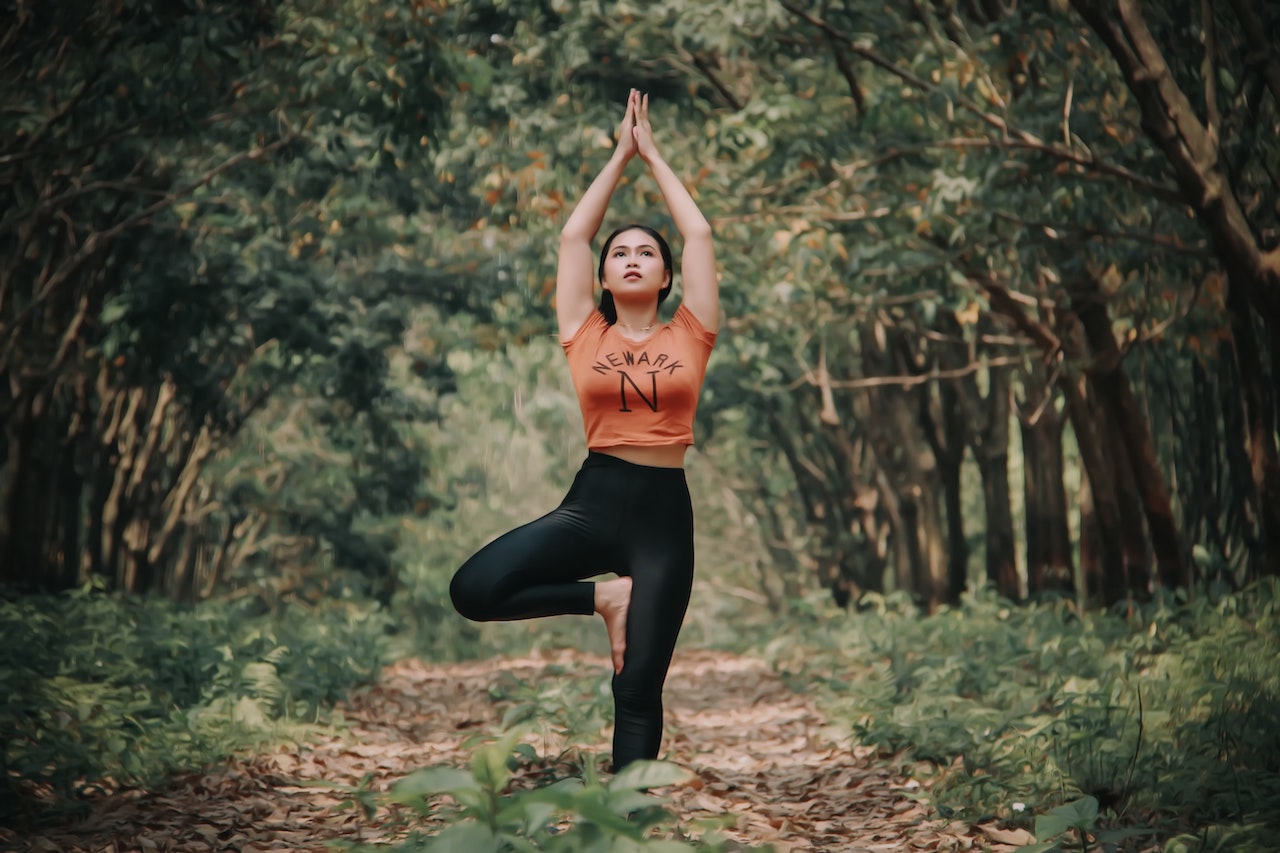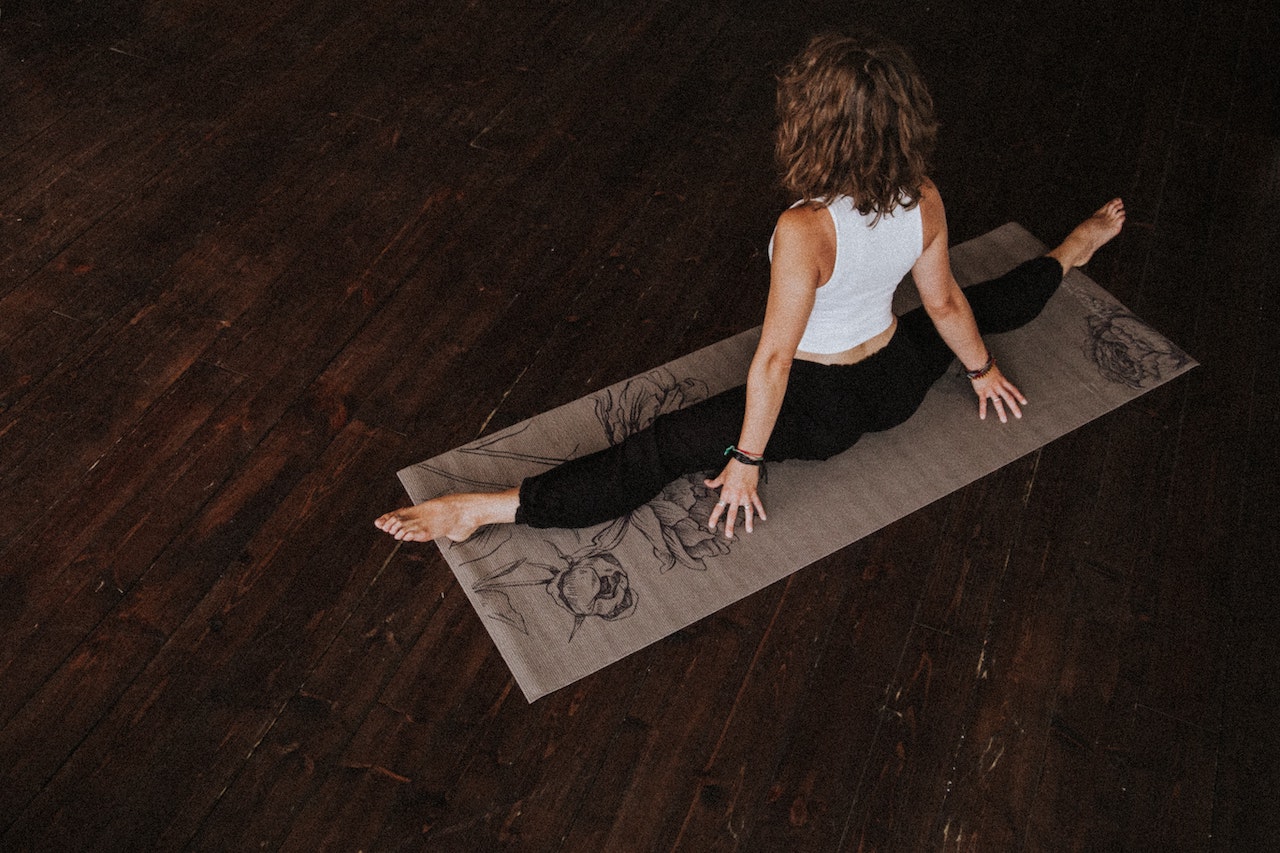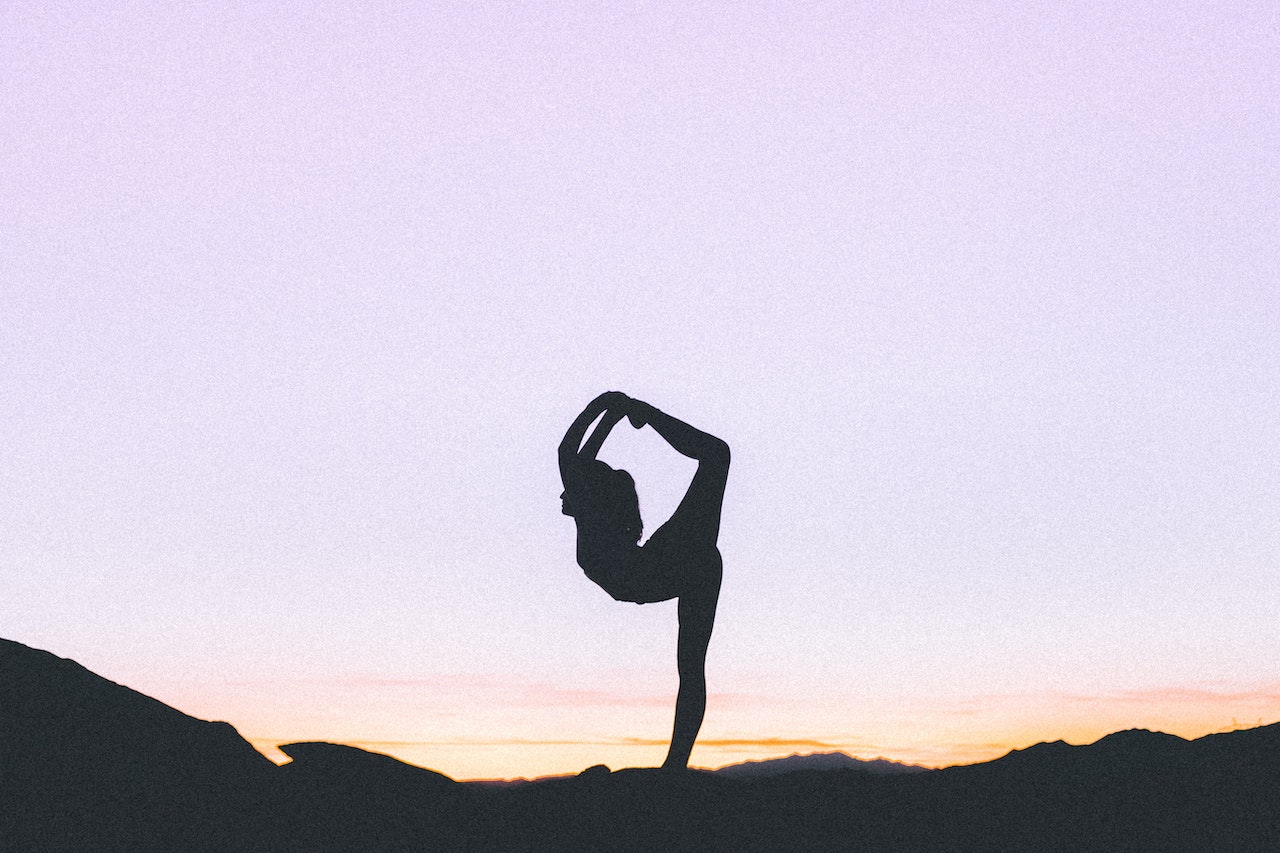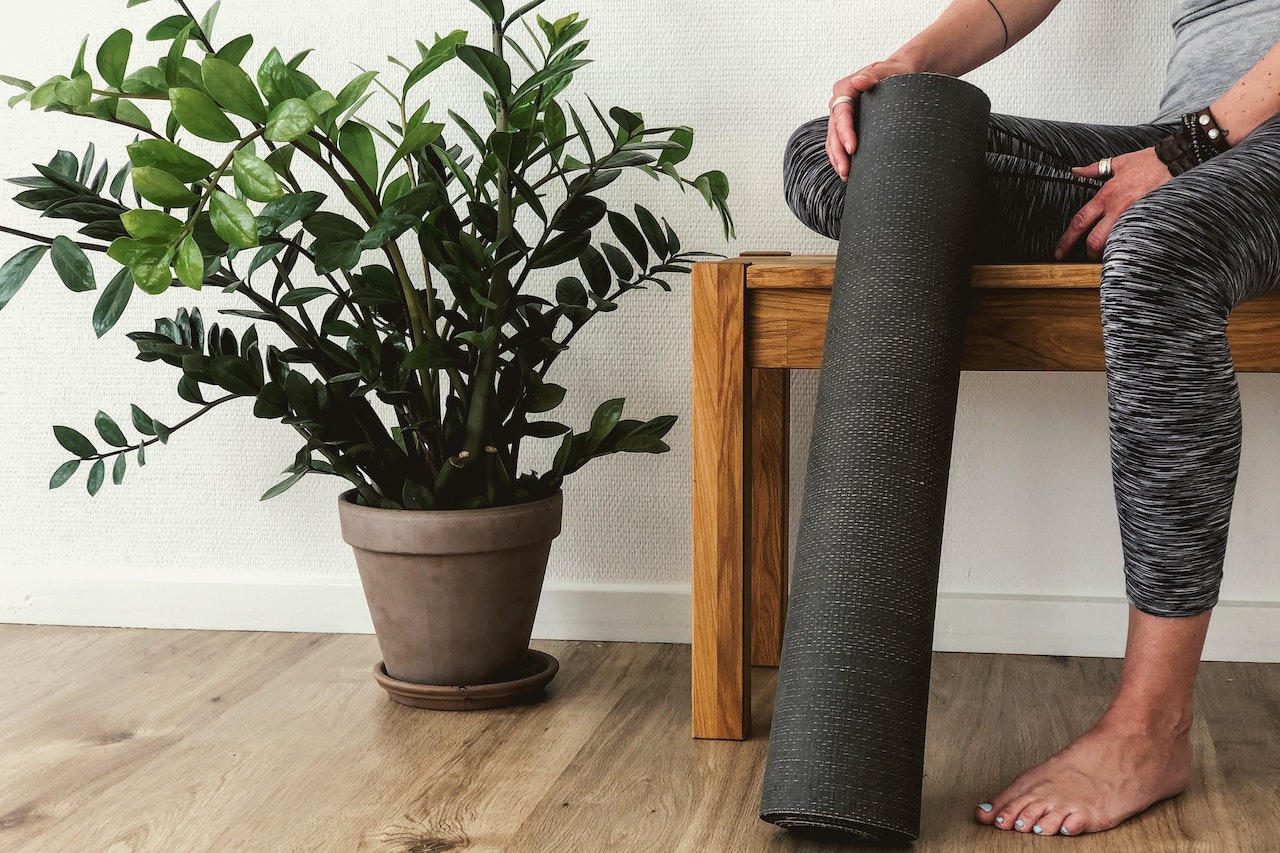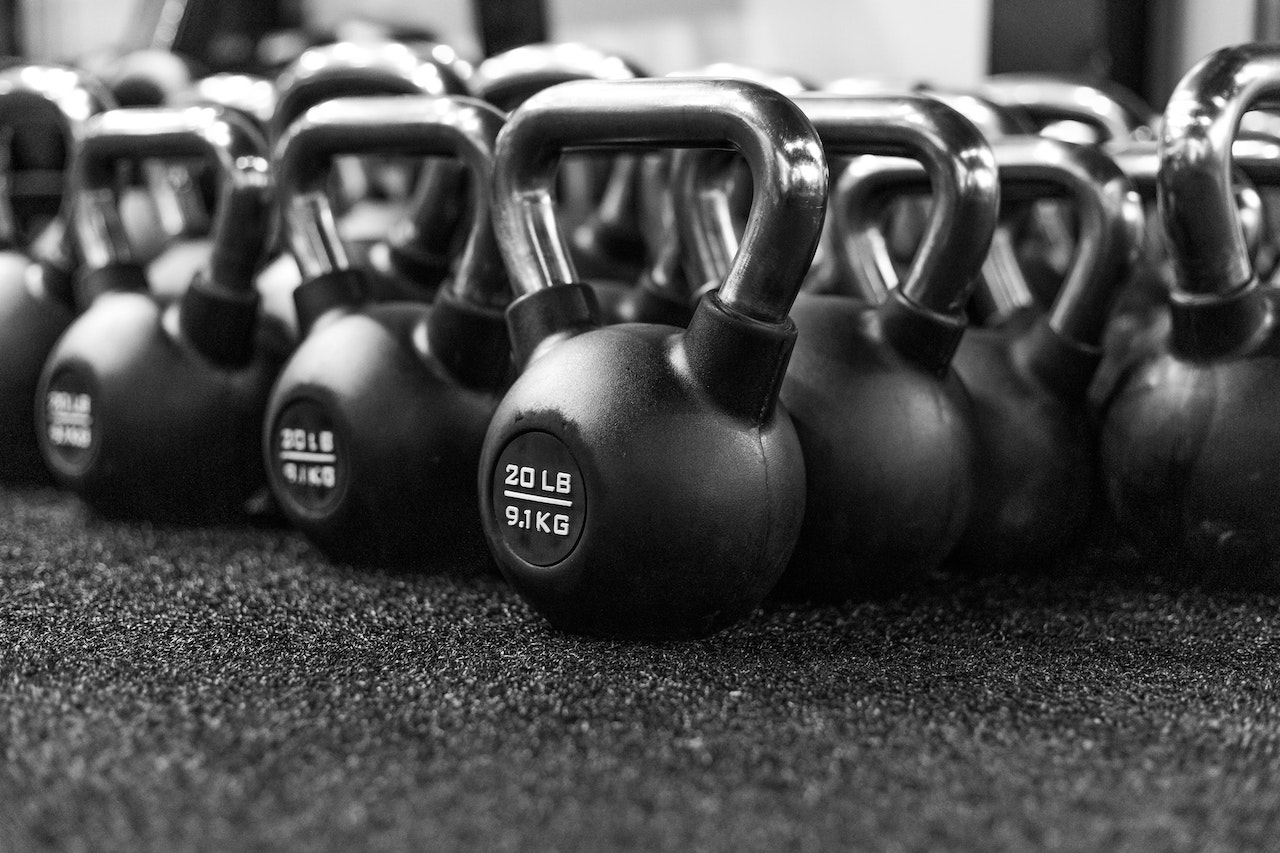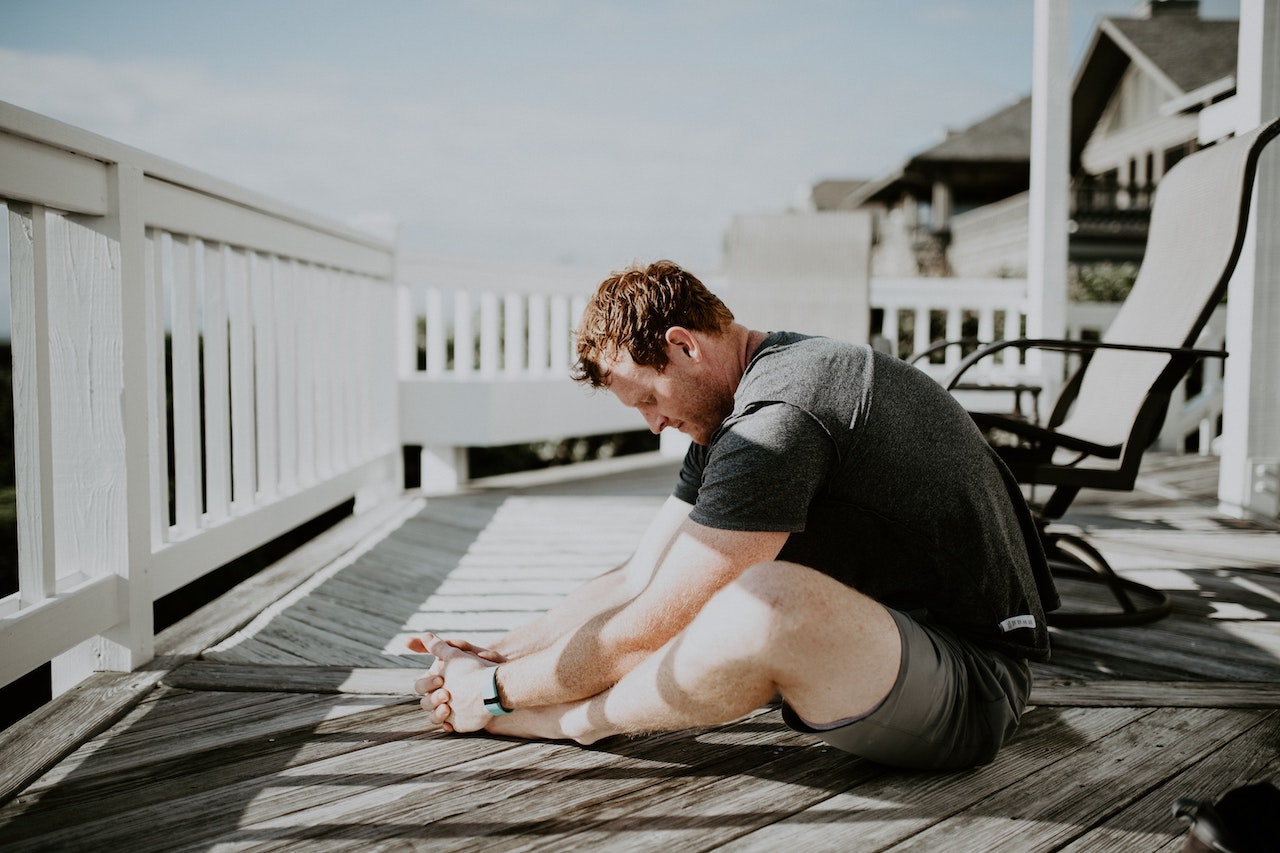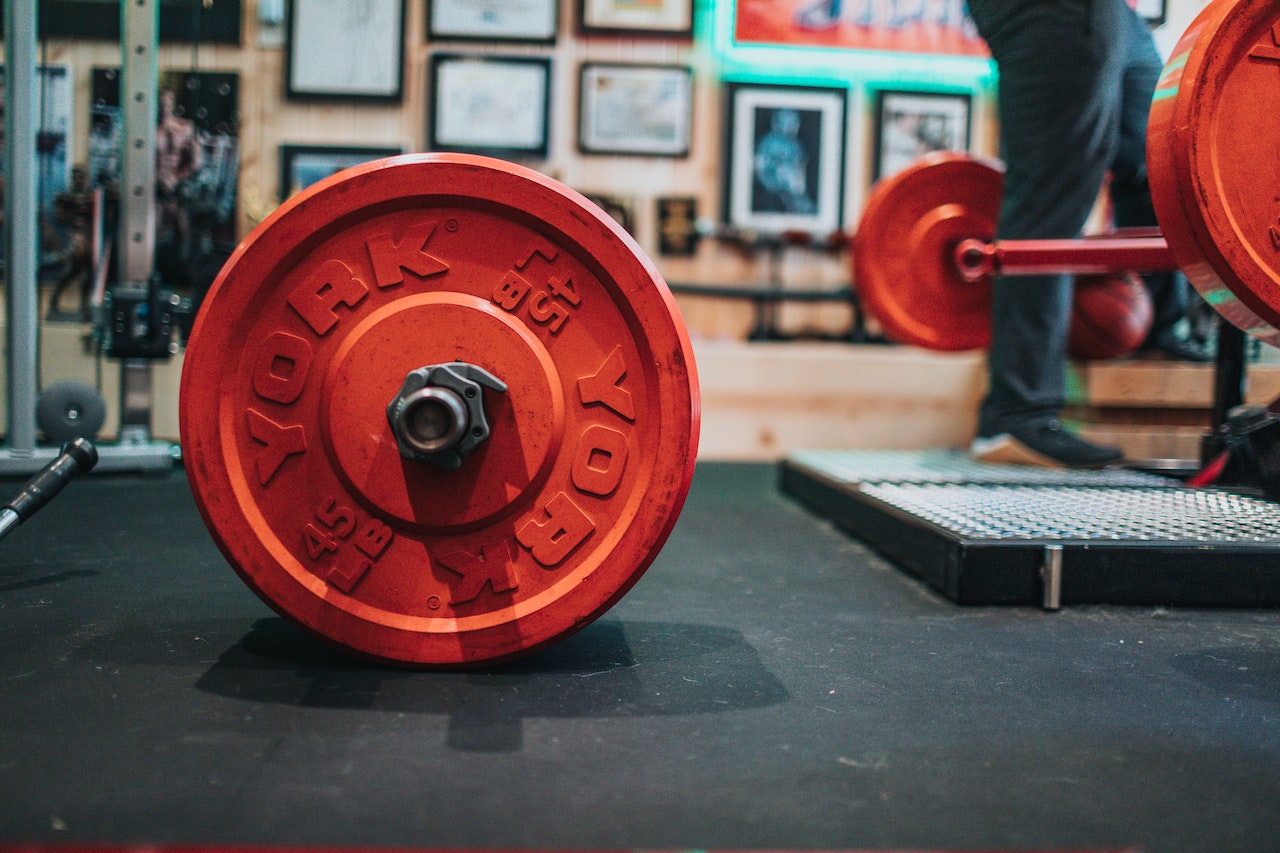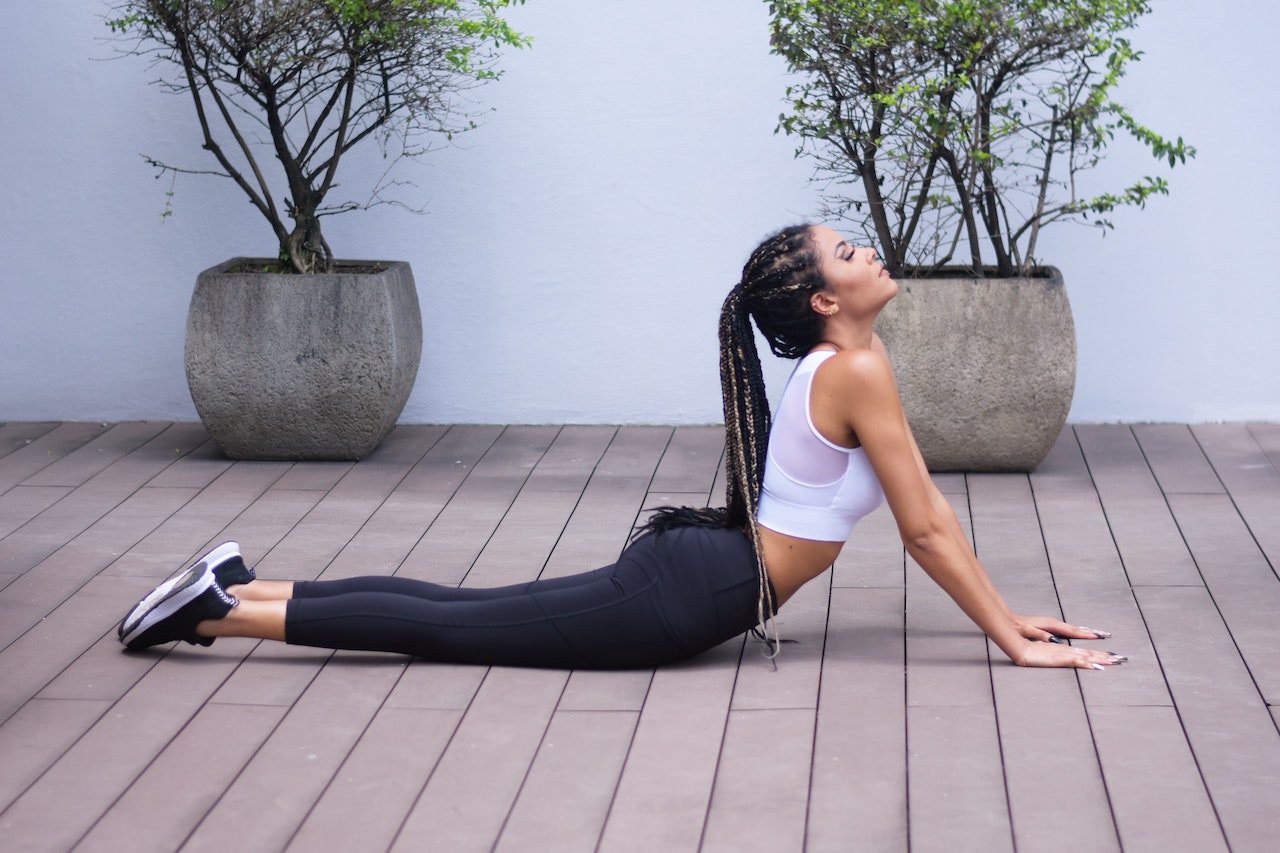The biggest thing you can say at the gym is "He's so good, he looks like he's in a bodybuilding competition". In fact, most of the guys don't enter the gym to work out for bodybuilding competitions, but as long as they want to progress, they want to get a good body like a master, so their backs must be trained to look good.
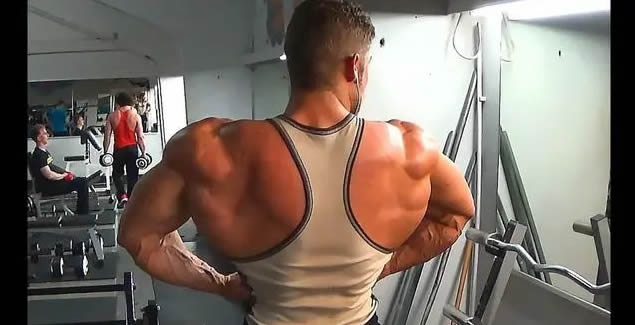
upper and lower back muscles?
The back is a complex network of muscles that can be divided into three different parts: The upper back/rhomboids, the middle back/rhomboids and the lower back/rhomboids.
Objectives of back training
to increase the thickness and muscle mass of the back muscles through different exercises to create an inverted triangle shape.
A typical inverted triangle body should be.
1. Wide and thick latissimus dorsi, starting from the upper back and extending down to the lower back.
2. Well-developed rhomboids that feel bursting out during training.
3. Visible lines in the large and small round muscles.
4. The muscles visible to the naked eye give the lower back an inverted triangle.
5. The obliques look well developed but not overdone.

back safety
take some time to learn about issues related to back safety. This topic is brought up because many of the little ones around here have experienced back injuries.
Over 100 million people in the united states suffer from chronic back pain and as many as 85% of americans have experienced back pain in their lives.
Potential problems that contribute to back pain.
1.Incorrect posture
2.Sitting for long periods of time
3.Doing heavy lifting
4. Excess weight
5.Tight muscles
6.Genetic problems
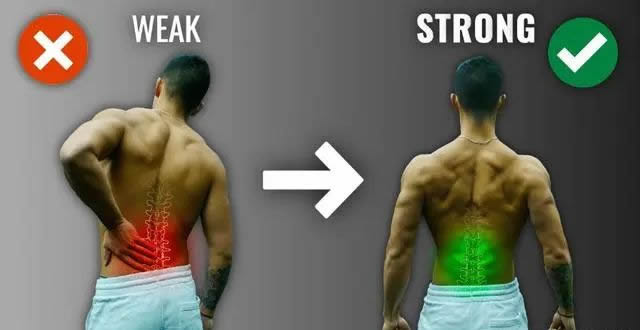
fitness and back movements
if you have chronic back problems or have suffered a back injury, you should be extra careful when performing back exercises. It is best to have consulted a professional advisor before starting back training.
For fitness enthusiasts with back problems, the goal should be to identify the movements you can do and avoid the ones you can't. For example, some peeps cannot do squats on a smith machine because of genetic reasons and the discs bulge when they move downwards.

simply put, the lower back cannot take the pressure around the erector spinae muscles, so learn to solve this problem by doing other movements and using equipment that provides support and balance.
Preventing back injuries
there are a number of ways to prevent back injuries when strength training. Only some of these are listed here.
1. Stretch your back for at least 5 minutes before each workout, regardless of which body part you are working on.
2. Don't do strength training in the morning when your muscles are not yet warmed up, which can lead to cramps.
3. Perform back strength training at least 2-3 times a week to build back muscle endurance.
4. When training your back, focus on the whole exercise stroke, not the weight you can lift!
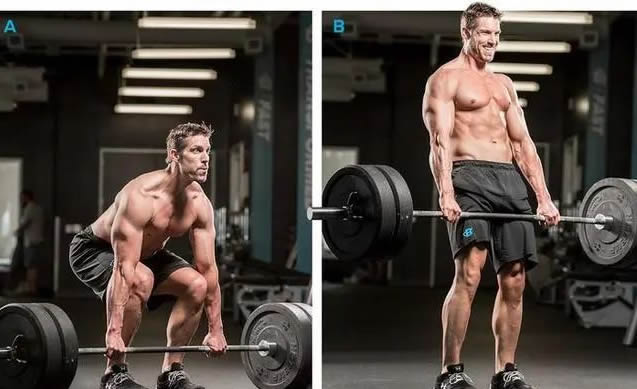
fitness myth: Should i train my back with hard pulls?
In presenting the back movements here, you will notice that there is no specific inclusion of a lot of hard pulling movements to train the upper and lower back. In fact, many of our partners make the same mistake by thinking that a move like the hard pull is the key to training their bodies. While the hard pull is helpful, it is not the be all and end all of training if the goal is to develop an inverted triangle body.
Studies have found that certain back movements increase the chance of injury because of.
(1) putting too much pressure or weight on the spine.
(2) involving torque or rotation, which can introduce different shear forces.
(3) too much movement travel, which can increase the tensile stress on the spine.
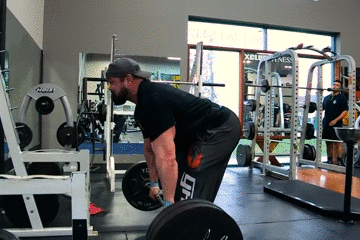
for these reasons, the hard pull is not placed in the following 4 movements. It is not that this movement should not be done here. Rather, those with back problems may need to use other movements instead.
Back training move 1: Pause pull-ups
the pause pull-up is a great move for the development of the obliques, latissimus dorsi and posterior deltoids. The benefit of this particular movement is that it does not put pressure on the spine or lower back. Some pals will add weights to the exercise.

how to do the movements.
1. Suspend your body with a positive grip on the pull-up bar. Grip distance between hands is similar to that used in the barbell bench press. Focus your attention on your upper back and pull your chest towards the bar and hold for 10-20 seconds.
2. Do at least 5 reps, gradually increasing to 10. Consider the option of a weighted vest, chains or hanging dumbbells between the feet to make it more difficult.
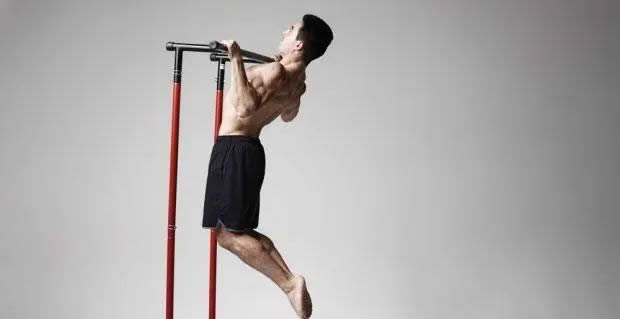
back training move 2: Two-part dumbbell row
the dumbbell row is another great way to train the upper back, helping to build width and muscle in the back to get in shape for a coveted goal. Again, this movement does not put pressure on the spine.
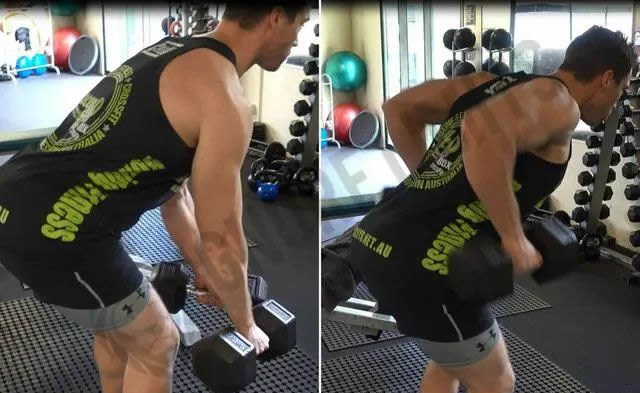
how to do the movements.
1. Take a pair of dumbbells, preferably of a lighter weight, so that you can become familiar with the movement and complete the full length of the movement.
2. Bend your knees and hips and slowly lower your torso until it is just parallel to the floor. Hang the dumbbells with the palms facing the body and control the position, this is the starting position.
3. Pull the dumbbells up to the middle and hold the position for 2-3 seconds.
4. Row the dumbbell to the highest point by bending the elbow again and hold the position for another 2-3 seconds.
5. Bring the dumbbell down to the starting position and repeat.
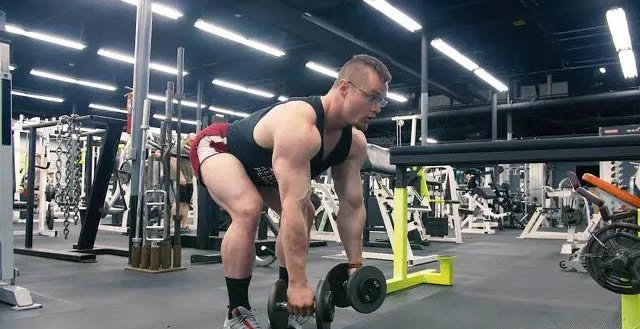
back exercise 3: Rope incline lateral raises
the rope oblique lateral planks are another great movement to strengthen the muscles of the latissimus dorsi, deltoids and large and small round muscles.
How to do the movement.
1. Start by fixing a handle to the low position of the gantry ropes. Stand up straight and grab the handle with your right hand at hip position. Ensure that the elbows are slightly bent throughout. This is the starting position for the movement.
2. Pull up the handle diagonally upwards and row it across your body until your hand is over your head with your thumb pointing upwards, hold for 1 to 2 seconds.
3. Slowly lower to the starting position and repeat.
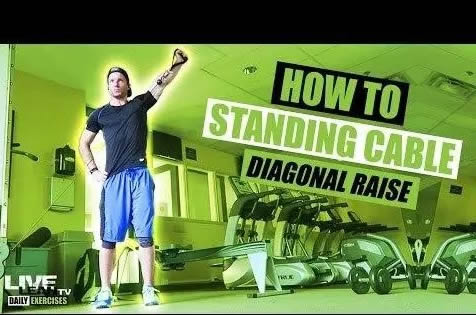
back training move 4: Rack hard pull
the overhead pull is a very effective movement that trains the entire back, with particular emphasis on the muscles of the lower back. This movement does compress the back. It is an alternative to the traditional hard pull, reducing the strain on the spine and at the same time avoiding improper bending of the back. It is important to train primarily and not to use large weights at the beginning.
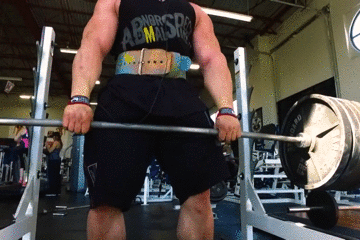
how to do the movements.
1. Place the barbell on a power rack at approximately knee height. Get into a short pause position with your back and hips slightly bent against the barbell bar. Bend down and hold the barbell in a positive grip. Make sure the hands are on either side of the legs. This is the starting position for the movement.
2. Stand up, ensuring the hips are pushed forward, slowly return to the starting position and repeat.
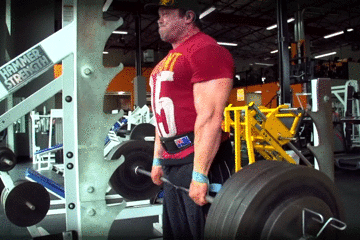
back training summary
all 5 of these movements are good for back muscle development. Obviously, there are many other movements you can do to train the muscles of the upper and lower back. The movements above should all be considered as part of your back training. Practising in this way will also strengthen the core.

stimulating the back muscles from multiple angles, adding these four movements to your own workouts, and also balancing thickness and width, the more you practice this way the more you really feel!

